Disclosure: This article contains affiliate links. We may earn a commission from purchases at no extra cost to you, which helps our travel content.
The urban Pacific holds a special kind of magic that's uniquely challenging to capture. After years of photographing wildlife in their natural habitats, I've found that cities along the Pacific Rim offer a similar thrill—they're living organisms with rhythms, patterns, and unexpected moments of beauty. Last spring, I spent a week divided between Auckland and Melbourne, two cities that share Pacific waters but speak entirely different visual languages. Armed with my camera and veterinarian's eye for detail, I discovered that these urban landscapes require the same patience and observation skills I use when working with animals: wait for the right moment, understand the environment's patterns, and be ready when opportunity presents itself. This guide shares the techniques, locations, and insights I gathered while photographing these Pacific sisters—one built on volcanic fields, the other sprawling along a winding river—each with their own photographic personality waiting to be revealed.
Essential Gear for Urban Pacific Photography
Urban photography in the Pacific demands versatility. Auckland's dramatic elevation changes and Melbourne's architectural diversity mean you'll need gear that adapts quickly to changing conditions.
My go-to setup for this trip was my mirrorless camera with three lenses: a 24-70mm for street photography and urban landscapes, a fast 35mm prime for low-light situations (perfect for Melbourne's famous laneways), and a 70-200mm telephoto that proved invaluable for capturing Auckland's volcanic cones from various vantage points.
Weight matters when you're climbing Auckland's Mount Eden at sunrise or spending a full day exploring Melbourne's sprawling neighborhoods. I've learned to pare down to essentials after years of lugging heavy gear through Southeast Asian markets. My camera backpack distributes weight comfortably while providing quick access to gear—essential when you spot a Tui bird perched momentarily on an urban pohutukawa tree or when Melbourne's famous light suddenly transforms a mundane alleyway.
Don't forget weather protection. Spring in both cities brings unpredictable showers that appear without warning. A simple rain cover for your camera and a microfiber cloth kept in an accessible pocket can save a shoot. After a sudden downpour in Auckland's Wynyard Quarter, I captured some of my favorite reflections in puddles that disappeared within minutes—preparation meets opportunity.

💡 Pro Tips
- Bring a versatile zoom lens (24-70mm) as your primary lens for urban exploration
- Pack a lightweight tripod for blue hour cityscapes and long exposures
- Use a cross-body camera strap instead of a neck strap to reduce fatigue during long walking days
Auckland: Capturing Volcanic Cityscapes
Auckland's 48 volcanic cones create a photographer's playground of elevations and perspectives. My scientific background always draws me to these geological formations—not just for their beauty, but for the story they tell about the land's formation.
Start with sunrise at Mount Eden (Maungawhau). Arriving 45 minutes before actual sunrise lets you capture the city awakening in changing light. The volcanic crater offers foreground interest while the city and harbor create middle and background layers. I use apertures between f/8-f/11 here to maintain depth of field across these layers.
For midday shooting when harsh light typically challenges photographers, head to Auckland Domain and the Wintergardens. The glass houses create fascinating light studies, and the surrounding trees offer dappled light for portraits or detail shots. My veterinary work has trained me to notice small interactions—here I spent an hour photographing native birds interacting with introduced species against the backdrop of colonial architecture.
North Head in Devonport provides my favorite afternoon to sunset location. The historic tunnels frame views of the city skyline, creating natural vignettes. The ferry ride itself offers excellent shooting opportunities of the harbor and approaching city. As golden hour approaches, position yourself on the western side of North Head where the city gleams against the setting sun.
For night photography, Wynyard Quarter and Silo Park offer industrial-meets-modern compositions with excellent reflections in still water. Use a tripod and experiment with exposures between 5-20 seconds to capture movement in clouds while keeping architectural elements sharp.
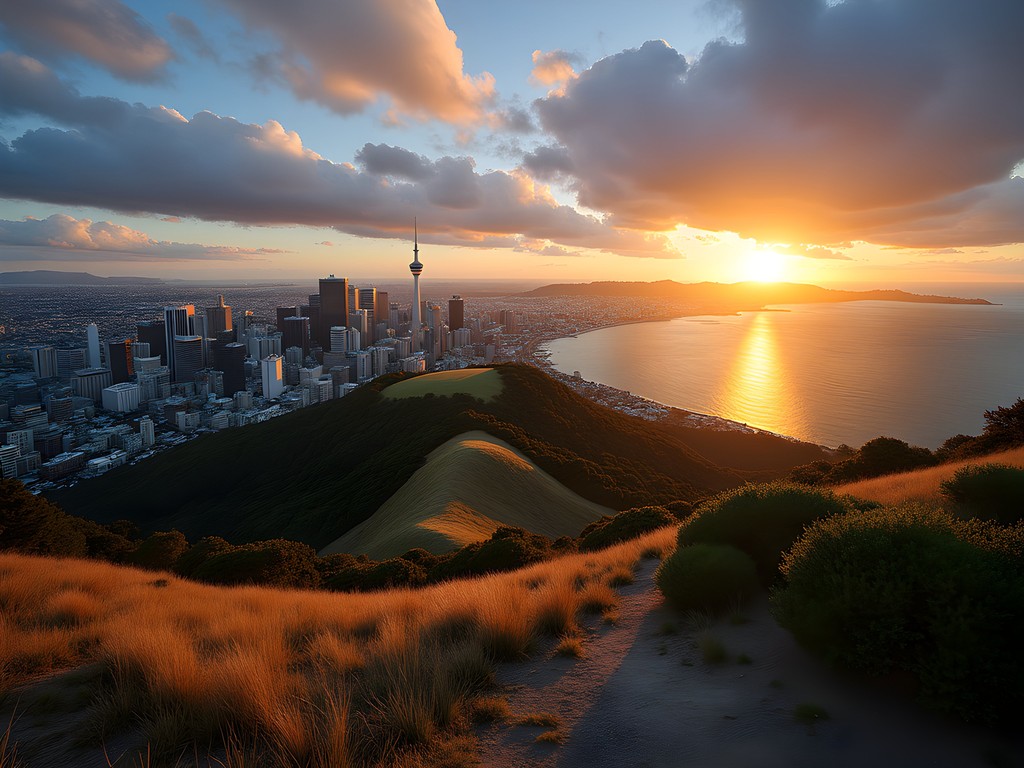
💡 Pro Tips
- Visit One Tree Hill at off-peak hours to avoid crowds in your wide shots
- Use the volcanic black sand at Takapuna Beach as a dramatic foreground element
- Incorporate Māori design elements from Auckland Museum as cultural framing devices
Melbourne: Street Art and Urban Geometry
Melbourne's visual story contrasts sharply with Auckland's. Where Auckland speaks through natural formations, Melbourne communicates through human expression—particularly its world-famous street art and distinctive architecture.
Hosier Lane remains the iconic starting point, but timing is everything. I've found early morning (before 8 AM) offers the cleanest shots without crowds. Rather than simply documenting the art, look for human interactions with it—locals passing by, artists at work, or interesting juxtapositions of visitors against murals. The changing light throughout the day transforms these artworks dramatically.
My approach to photographing street art comes from documenting animal habitats—context matters as much as subject. Use a wider lens to capture how the art interacts with its environment, then move to detail shots that highlight technique and texture. The prime lens I carried proved perfect for this work—fast enough for low light conditions in narrow laneways while providing natural perspective.
Melbourne's architecture offers stunning geometric studies. The Federation Square complex, with its deconstructivist design, creates fascinating patterns when photographed from various angles. Visit during changing light conditions and focus on intersecting lines and shadows. The same principles I use when photographing animal anatomy—finding underlying structure and pattern—apply perfectly here.
For a unique perspective, book a sunrise hot air balloon flight over the city. The cost (around $400 AUD) is substantial but worth it for photographers seeking rare compositions of Melbourne's grid layout washed in first light. From this vantage point, you'll capture how the Yarra River curves through geometric urban planning—a perfect metaphor for Melbourne's blend of natural and constructed beauty.
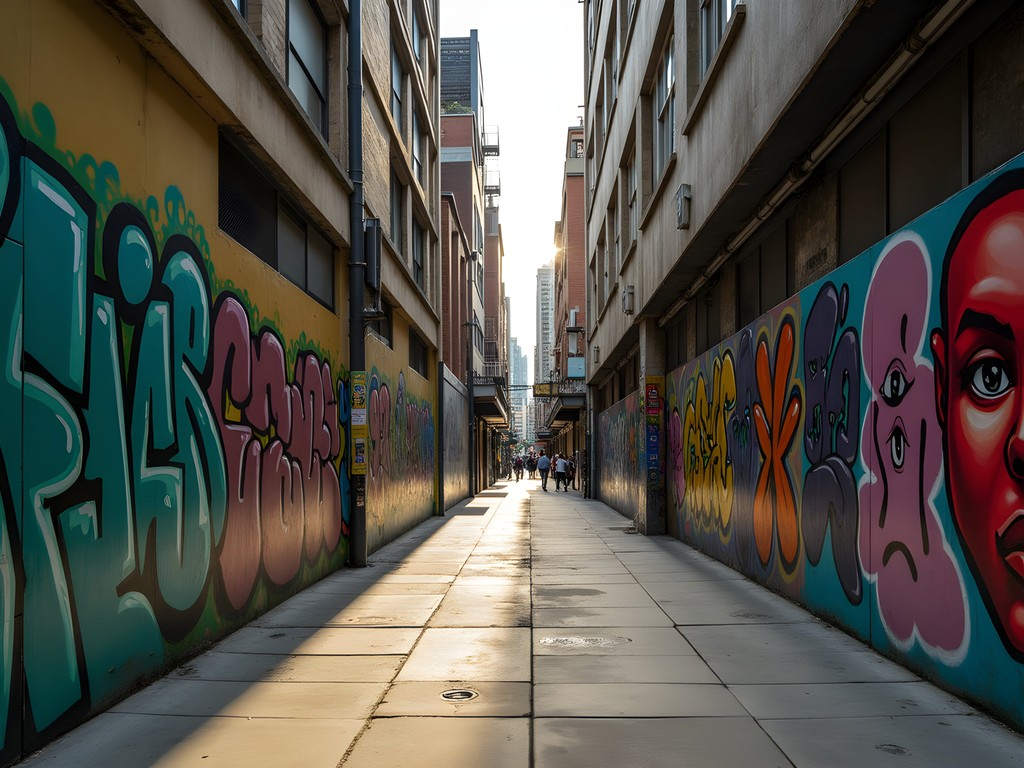
💡 Pro Tips
- Photograph Melbourne's trams using panning techniques to convey movement while keeping the tram sharp
- Visit the State Library Victoria for stunning interior architecture shots with a 14mm wide-angle lens
- Use reflective surfaces in Southbank to create abstract compositions of the city skyline
Waterfront Photography in Both Cities
Water defines both Auckland and Melbourne, though in distinctly different ways. Auckland embraces its harbors with maritime enthusiasm, while Melbourne's relationship with the Yarra River feels more contemplative. These waterways offer prime photography opportunities with reflections, movement, and changing light.
In Auckland, the Viaduct Harbor provides classic postcard shots, but I prefer Okahu Bay for its less commercial feel and views back to the city. During my visit, I stumbled upon a local waka ama (outrigger canoe) team practicing at sunrise—the cultural significance combined with athletic movement against the urban backdrop created compelling visual storytelling.
For Auckland harbor photography, consider water transportation as both subject and platform. The regular ferries offer excellent shooting opportunities, particularly the Devonport and Waiheke routes. I always carry my compact binoculars to spot potential wildlife subjects—last spring I photographed little blue penguins returning to their harbor nests at dusk near Wynyard Quarter.
Melbourne's Yarra River deserves patient exploration, particularly at twilight when the city lights begin their dance on the water's surface. The Southbank promenade offers classic shots, but venture to Birrarung Marr for less common perspectives. The pedestrian bridges themselves make excellent subjects when photographed from river level.
My veterinary background has taught me to anticipate animal behavior; similarly, successful waterfront photography requires understanding how light interacts with water throughout the day. Morning typically brings calmer waters and better reflections, while afternoon often introduces more dynamic movement. In both cities, I plan waterfront shoots around these patterns and the quality of light rather than specific locations.
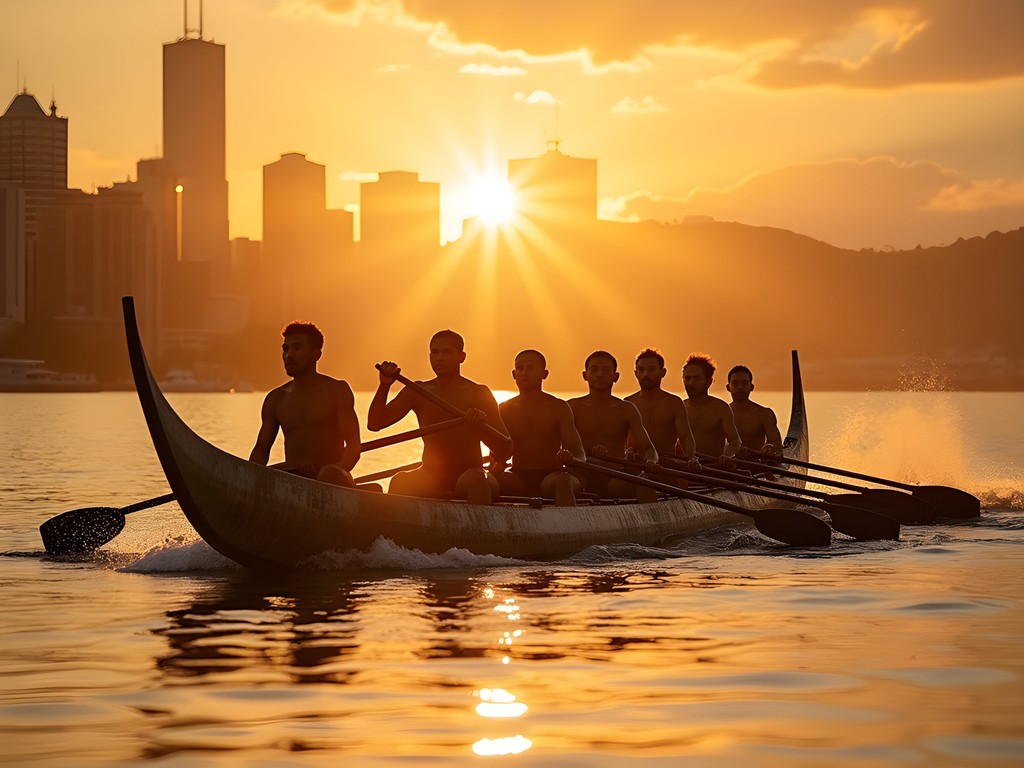
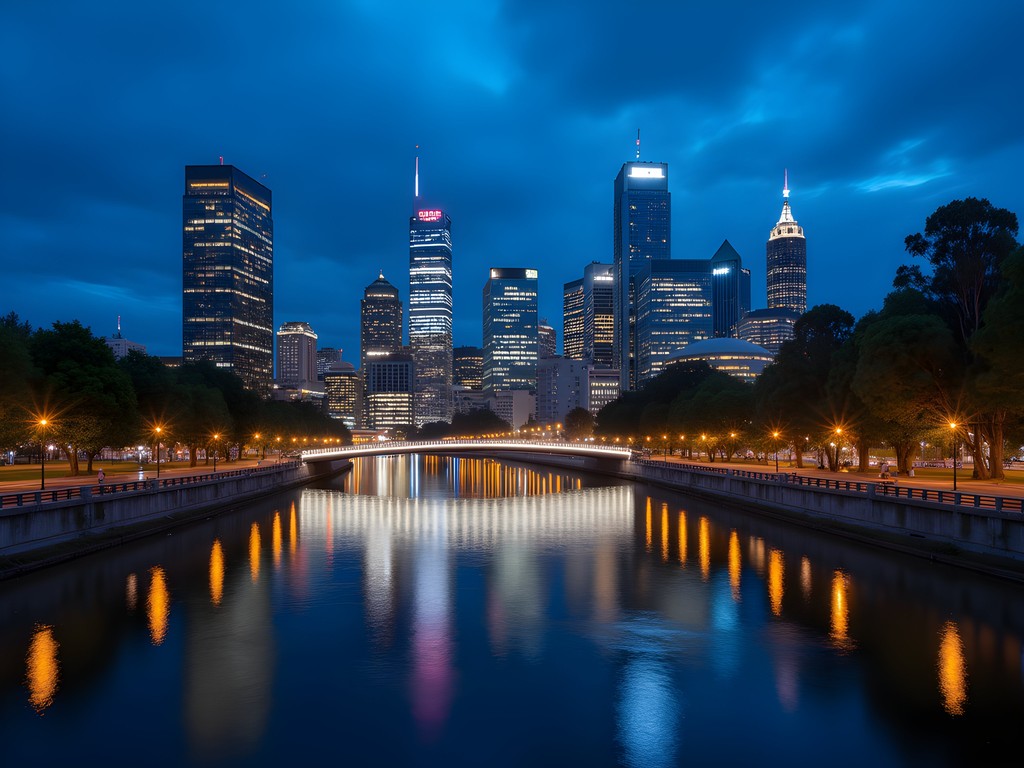
💡 Pro Tips
- Use a 6-stop ND filter for long exposure water shots during daylight hours
- Photograph Auckland's harbor from different elevations to show its relationship with the city
- In Melbourne, use the Princess Bridge as a framing element for river and skyline compositions
Cultural Photography: Beyond Tourist Icons
The most compelling travel photography moves beyond postcard shots to capture authentic cultural moments. Both Auckland and Melbourne offer rich opportunities for this deeper visual storytelling if you know where to look.
In Auckland, the Otara Markets on Saturday mornings showcase Pasifika culture through food, crafts, and community gatherings. As someone raised in a Filipino-Canadian household, I'm drawn to these multicultural spaces where traditions blend and evolve. Photographically, I approach these environments with respect—always asking permission before taking portraits and spending time conversing with vendors and visitors. This connection often leads to more authentic images and cultural insights no guidebook can provide.
For cultural photography in Auckland, visit the Māori galleries at Auckland Museum to understand visual motifs and historical context before exploring contemporary Māori art and culture throughout the city. This background knowledge transforms how you'll frame and interpret cultural elements in your photography.
Melbourne's cultural photography extends beyond its famous coffee culture (though that certainly deserves attention). The Queen Victoria Market offers similar photographic opportunities to Auckland's Otara, but with different cultural influences. Early morning visits (Tuesday, Thursday, Friday, and Saturday) capture the market awakening—butchers, produce vendors, and food stalls preparing for the day.
My most successful cultural photographs from Melbourne came from attending local events found through community boards and local publications rather than tourist calendars. A Greek cultural festival in Lonsdale Street provided vibrant color, movement, and generational interactions that told a deeper story about Melbourne's immigrant communities.
When photographing cultural subjects in either city, I rely on my versatile zoom lens which allows me to adjust framing quickly without being intrusive. The wide aperture helps in indoor cultural venues with limited lighting while maintaining image quality.
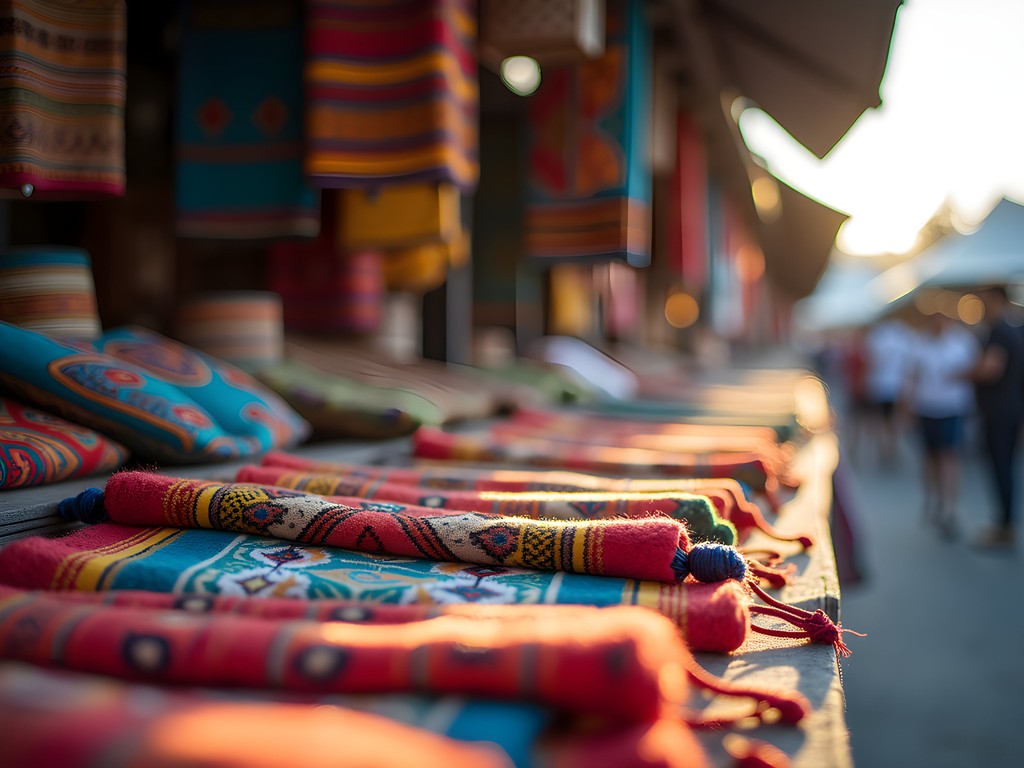
💡 Pro Tips
- Visit Auckland's Ponsonby Central for food photography that showcases Pacific Rim fusion cuisine
- Photograph Melbourne's Block Arcade during golden hour when light streams through the glass ceiling
- Use a 50mm lens for street portraits to minimize distortion while maintaining environmental context
Final Thoughts
As I packed away my camera on the flight between these two Pacific cities, I realized that Auckland and Melbourne had taught me complementary photographic lessons. Auckland showed me how to find natural composition in an urban setting—volcanic cones creating leading lines, harbor waters offering reflections, and Pacific light painting the city in gold. Melbourne demonstrated how human creativity shapes visual narrative through street art, architecture, and cultural expression. Together, they represent the fascinating duality of Pacific urban photography: nature's foundation and human innovation in constant visual dialogue. Whether you're drawn to Auckland's geological drama or Melbourne's artistic energy, approach each city with curiosity and patience. The most compelling images emerge when you understand the rhythm of a place—just as I've learned to recognize patterns in animal behavior, you'll begin to anticipate moments of photographic magic in these urban Pacific landscapes. Your camera is simply the tool; your willingness to observe and connect is what creates meaningful visual stories.
✨ Key Takeaways
- Plan photography sessions around quality of light rather than tourist schedules
- Seek elevated vantage points in Auckland to showcase the city's volcanic landscape
- Explore Melbourne's laneways during early morning for the best street art photography
- Connect with locals for access to authentic cultural photography opportunities
📋 Practical Information
Best Time to Visit
Spring (September-November)
Budget Estimate
$150-200 USD per day including accommodation
Recommended Duration
3-4 days per city (1 week total)
Difficulty Level
Intermediate
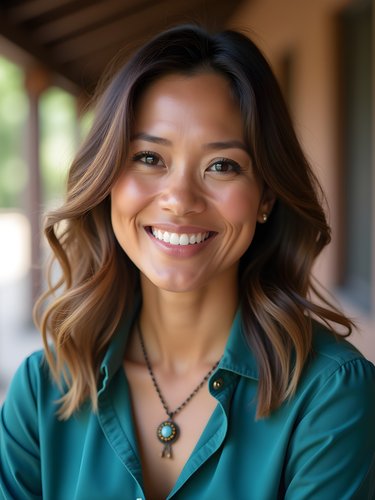
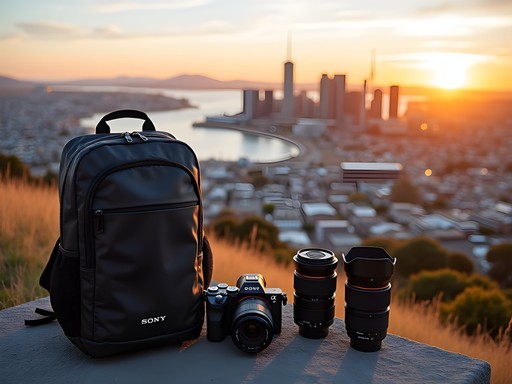
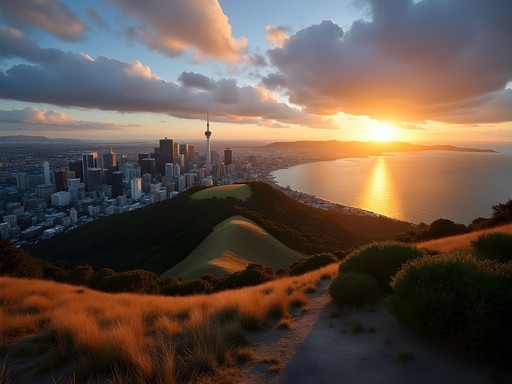
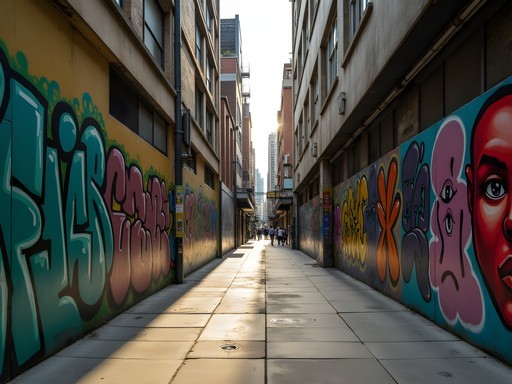
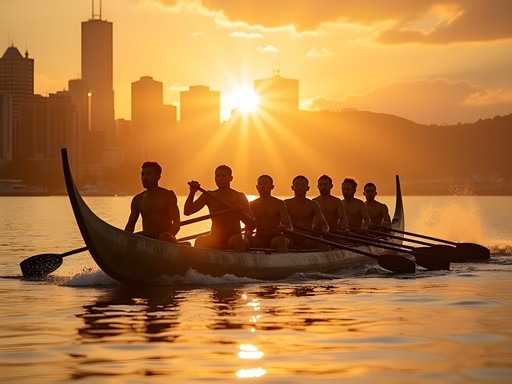











Comments
coffeeperson
Your section on Auckland's volcanic viewpoints is so helpful! I tried shooting from Mount Eden last year but struggled with the harsh midday light. Never thought about going for sunrise. Also, that ferry tip for getting skyline shots from the water is genius - the Devonport ferry is super cheap compared to those expensive harbor cruises and the views are just as good. Did anyone else notice how different the architecture styles are between these cities? Auckland feels so much more modern to me.
sunnylover
Just got back from Auckland and took your Devonport ferry advice - amazing shots! You're right about the modern architecture, especially around the Wynyard Quarter.
Frank Carter
Solid guide! I'd add that Melbourne's weather can change dramatically within hours, so always pack a rain cover for your camera. I learned this the hard way when a sunny morning turned into a downpour while I was shooting in the Royal Botanic Gardens. For Auckland photographers, try to schedule a day trip to Waiheke Island - the vineyard landscapes provide a beautiful contrast to your urban photography portfolio. The ferry terminal area is also great for capturing that unique Auckland maritime character.
Casey Torres
Great additions, Frank! Totally agree about Melbourne's weather - I got caught in a surprise shower near Flinders Street Station. And Waiheke is definitely on my list for next time!
Frank Garcia
Just got back from Melbourne last week and your guide would have been so useful! I spent hours in those Hosier Lane alleyways trying to get the right angles. One tip for anyone heading there - the street art looks completely different around 4pm when the light hits at an angle, bringing out all the texture in the murals. I also found the wide angle lens perfect for capturing those narrow laneways while still getting the full murals. Your waterfront photography section is spot on too - that blue hour in Auckland harbor is something else entirely!
coffeeperson
Did you check out Fitzroy while you were in Melbourne? I heard the street art there is less touristy than Hosier Lane.
Frank Garcia
Absolutely! Fitzroy was much more authentic. Found some amazing pieces on Rose St that barely anyone was photographing. Definitely worth the tram ride!
explorebuddy
What lens did you use for those Melbourne street art shots? The colors are so vivid!
sunnylover
Those Auckland skyline shots are incredible! The way you captured the light on the volcanic hills is just perfect. Going there next month and definitely bringing my camera now!
Casey Torres
Thanks so much! The morning light from Mount Eden is absolutely worth the early wake-up call. Enjoy your trip!
sunnylover
Will definitely check out Mount Eden then! Any particular time you'd recommend?
Casey Torres
About 30 minutes before sunrise gives you perfect setup time. The city lights are still on but you get that gorgeous golden hour as the sun comes up!
Fatima Sims
Casey, this guide brings back so many memories! I spent three weeks bouncing between Auckland and Melbourne last year, and you've captured the essence of both cities beautifully. One tip for anyone heading to Auckland - don't miss photographing the city from Devonport at sunset. The ferry ride itself offers amazing shooting opportunities, and the view of the skyline with the last light hitting the Sky Tower is magical. In Melbourne, I'd add that the early morning light in the laneways (before the crowds) creates the most incredible shadows across the street art. Great guide overall!
dreamguy
Thanks for the Devonport tip! Adding that to my list right now.
sunsetmaster
Your waterfront shots have such amazing light! Bookmarking this for my trip next year.
springclimber
What lens did you use for the Auckland skyline shots? They're so crisp!
Casey Torres
I used my trusty zoom for most of the skyline shots. The clarity is amazing even in changing light conditions!
wildbuddy
Those Melbourne street art shots are incredible! 😍
dreamguy
This post is exactly what I needed! Heading to Auckland next month for my first real photography trip. Been practicing with my entry-level DSLR but still figuring things out. Did you find Auckland easy to navigate with camera gear? I'm nervous about lugging everything around a new city!
Casey Torres
Auckland is super camera-friendly! The city center is compact enough that you won't get too tired carrying gear. I'd recommend a good shoulder strap though - those volcanic hills can be steeper than they look!
dreamguy
Thanks Casey! That's reassuring. Can't wait to try capturing those harbor views you mentioned!
Venture X
Premium card with 2X miles, $300 travel credit, Priority Pass